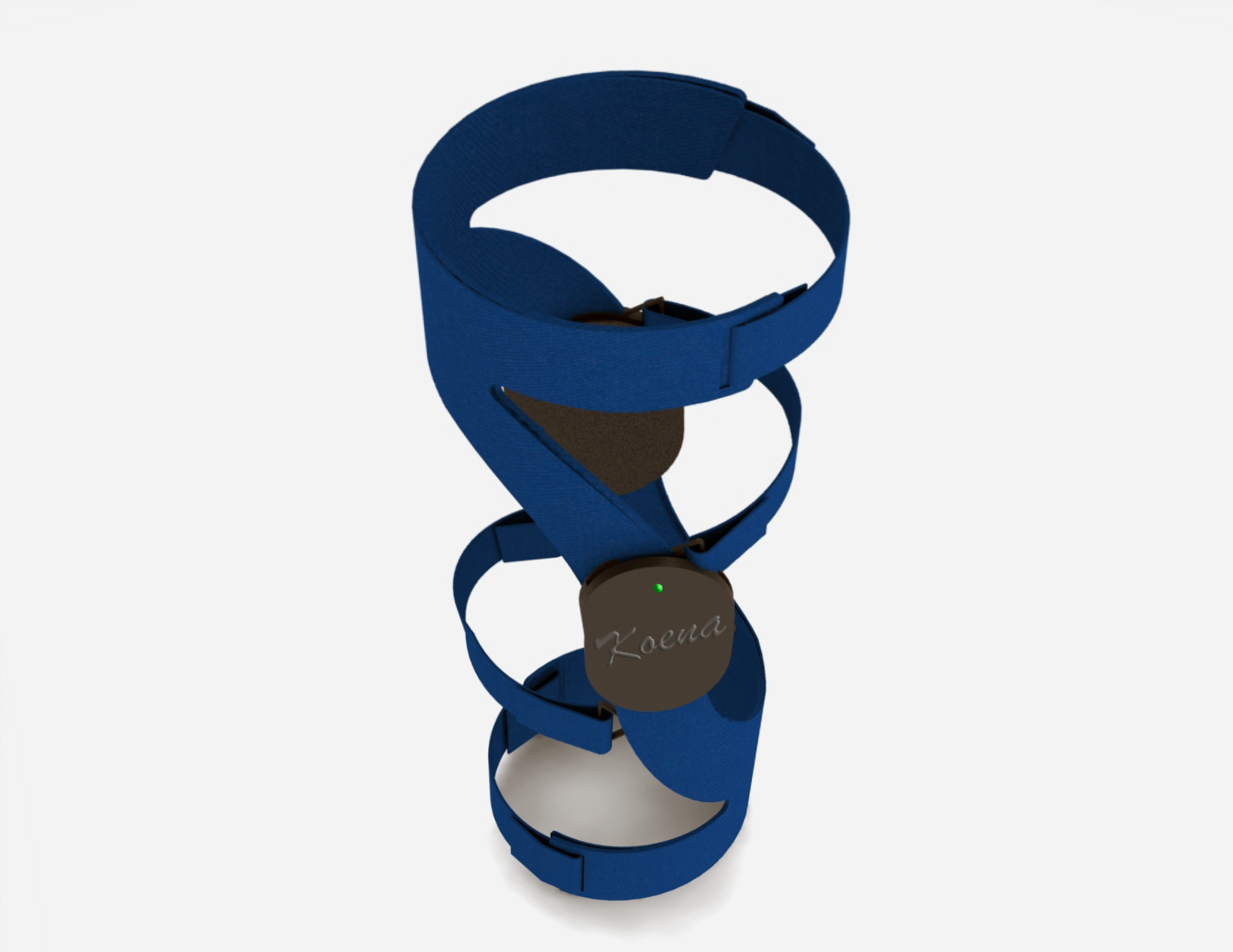Chinenye Obioha

As a product design engineer with a background in communications, user experience design and consulting, I have developed an eclectic range of design influences. I enjoy creating aesthetically pleasing products while exploring the relationship between the form and function from a user-centred perspective and paying close attention to the materials used as a major consideration for sustainable design. I have taken a keen interest in the design of medical, interior & lifestyle, and fashion-related products. My work this year was focused on the field of biomechanics and sports science by assisting recreational and competitive athletes recovering from knee injuries in rehabilitative therapy.

Koena: Improved Knee Support for Athletes
Knee injuries account for over 50% of all sports related injuries. The current bracing and support system causes further discomfort in patients, and there is a lack of patient compliance due to difficulty in performing the required physical therapy. Koena is an improved solution for bracing and support of knee injuries. It is a functional brace that has been designed to assist athletes in proprioceptive rehabilitative therapy by recording and storing data during motion for a comprehensive physical therapy routine tailored to each individual and creating augmented feedback for the user. The product also acts as a tool for assisting in pain management and reducing the occurrence of bruising, atrophy, and muscle spasms through a series of stimulation techniques.
Project Links
Food Processor Re-Design
As part of a student project, I was tasked with the re-design of a mini food processor by considering the human factors involved in the product use and functionalities.
The key user pain points noted during focus group user testing was the difficulty of operation with the power button needing to be pressed down and then turned. There were no directional markings or clear instructions for the bowl, lid and base assembly and the safety lock mechanism. It was extremely difficult to detach the bowl from the base especially after meal preparation. The measurement scale was illegible and at only one end of the bowl which caused leakages during meal prep.
The final model consists of:
- An ergonomic concave release button on a 45 degree slanted face of the base which considers the height, reach, posture and minimisation of motion of the user.
- A combined push button control system with an LED light at the top to show the product is connected to a power source and troubleshoot for the safety lock.
- An extended bowl rim with the retained lid safety lock mechanism including new directional illustration and same material for tip that connects with the base slot.
- All round measurement guide that can be seen from all directions.
- A redesign of the manual with new and improved illustrations of product operation.














